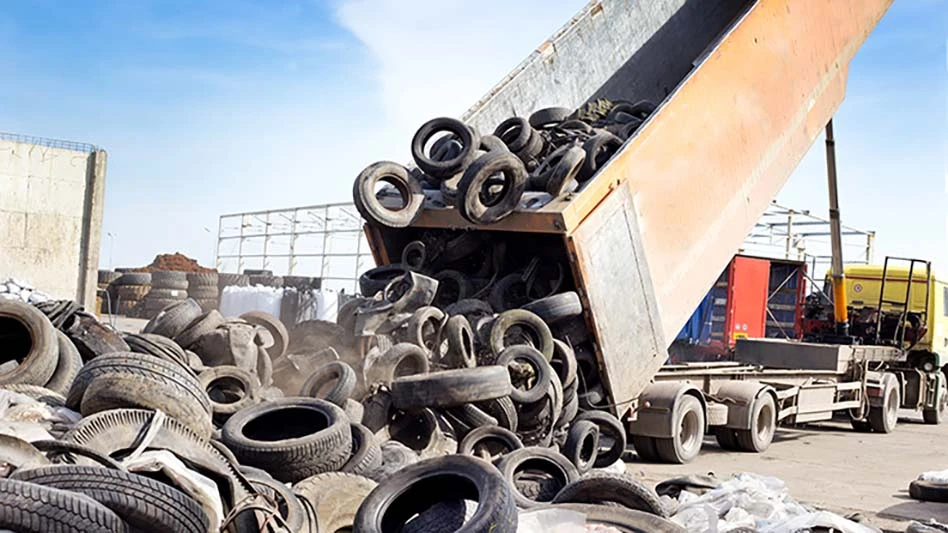
Mike Melchoon | Dreamstime.com
Recyclers planning for how the United States economy will develop in 2025 are receiving mixed signals from construction and automotive sector data covering February activity.
In February, the first full month of the new presidential administration with several rapidly implemented trade and government spending policies, architectural and engineering firms are reporting a slower pace of new business, and the used car market is growing, while the new passenger vehicle sales pace is stagnant.
The Japan-based MarkLines website indicates new passenger vehicle sales in the U.S. fell by 2.3 percent this February compared with one year earlier. While pickup truck and SUV sales grew by a modest 0.8 percent, passenger car sales dropped 14.1 percent year on year.
Among original equipment manufacturers (OEMs) still communicating monthly sales figures, Toyota Motor (-4.9 percent), Ford Motor (-8.8 percent) and American Honda (-2.8 percent) all lost ground, whereas Hyundai-Kia improved by 5.5 percent, according to BestSellingCarsBlog.
The disappointing new vehicles sales activity occurred the same month used vehicle sales in the U.S. rose by 16 percent month over month and by 6 percent compared with February 2024, according to an analysis by Cox Automotive.
Offering optimism within the sector, automakers and suppliers have reported increased manufacturing activity for February. A Federal Reserve Bank report summarized by Reuters notes that motor vehicle and parts output accelerated 8.5 percent after declining for two straight months.
The government construction employment statistics analysis for February by the Virginia-based Associated General Contractors of America (AGC) has not yet been released. The group’s summary for January, however, indicates employment in the sector increased in 23 states that month compared with the prior month while declining in the other 27.
Potentially generating concern in the longer term are survey responses tied to the American Institute of Architects (AIA)/Deltek Architecture Billings Index (ABI), with the ABI a leading indicator that leads nonresidential construction activity by approximately 9-to-12 months.
Nationally, the ABI index score was 45.5 in February, with any number below 50 demonstrating a decline in survey respondents’ billings—and the further below 50, the less business being generated.
“Billings were flat early in the fourth quarter of 2024 but have softened significantly since then,” the AIA says. “February also marked the first month since the height of the pandemic in 2020 that inquiries into new projects at firms have declined.”
Latest from Recycling Today
- Lautenbach Recycling names business development manager
- Sebright Products partners with German waste management equipment company
- WasteExpo transitions to biennial format for enhanced experiences
- Study highlights progress, challenges in meeting PCR goals for packaging
- Washington legislature passes EPR bill
- PureCycle makes progress on use of PureFive resin in film trials
- New copper alloy achieves unprecedented high-temperature performance
- Gränges boosts profits and sales volume in Q1 2025





